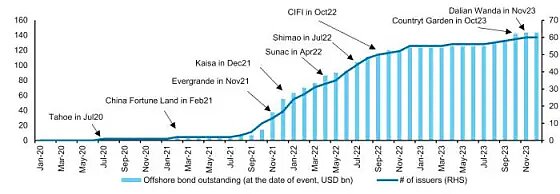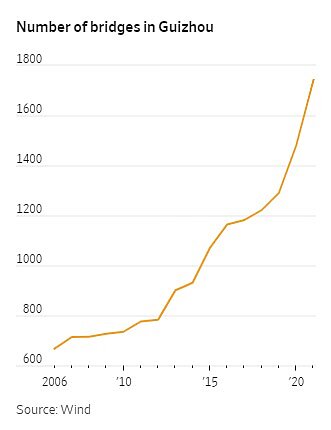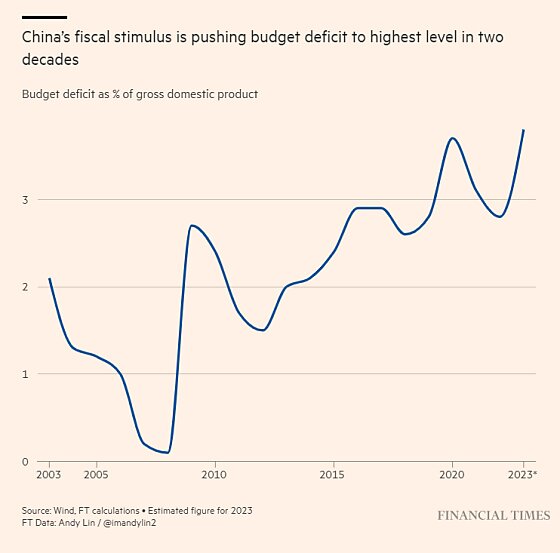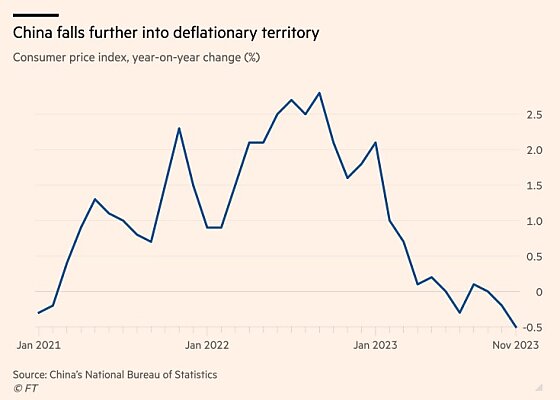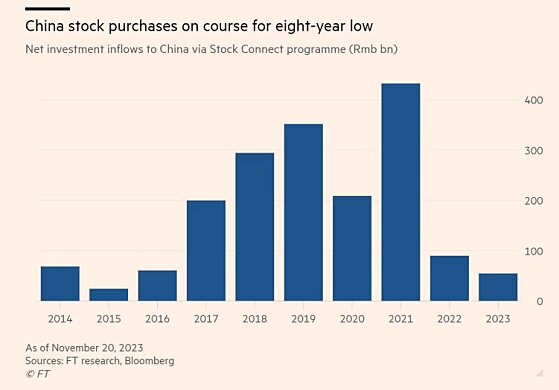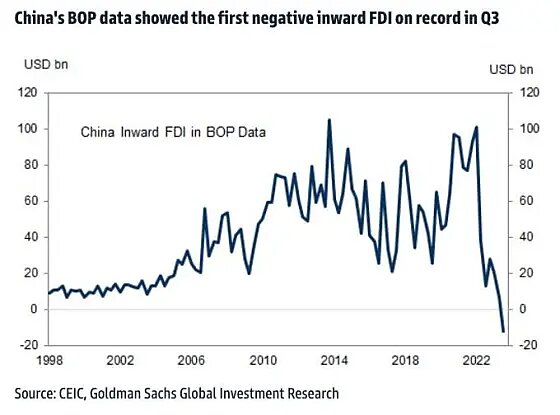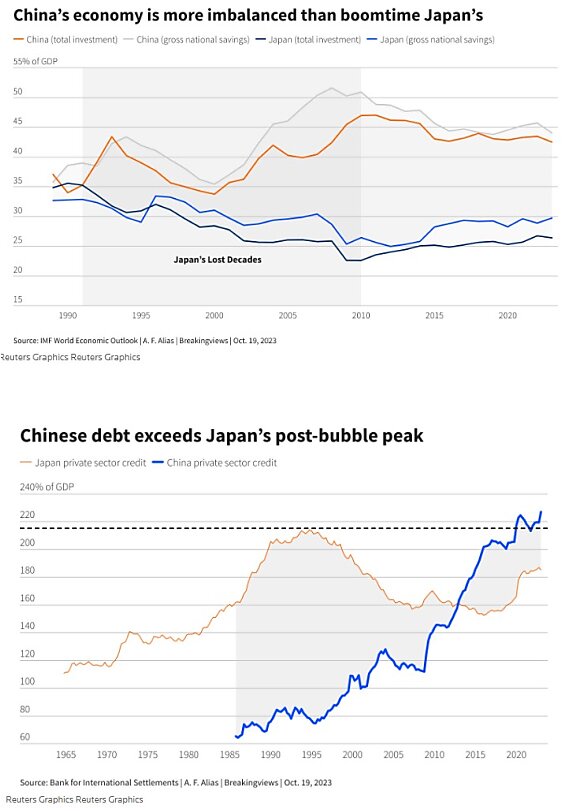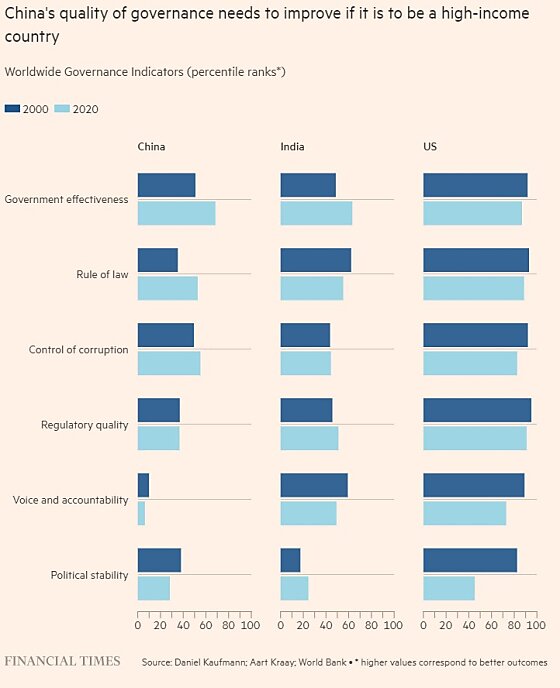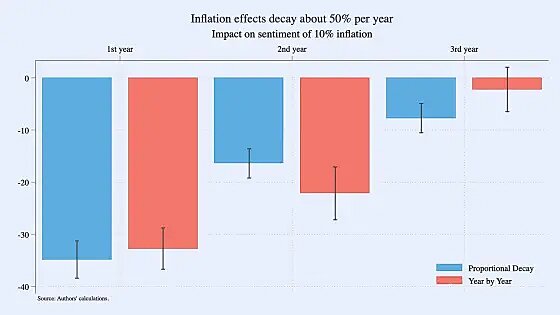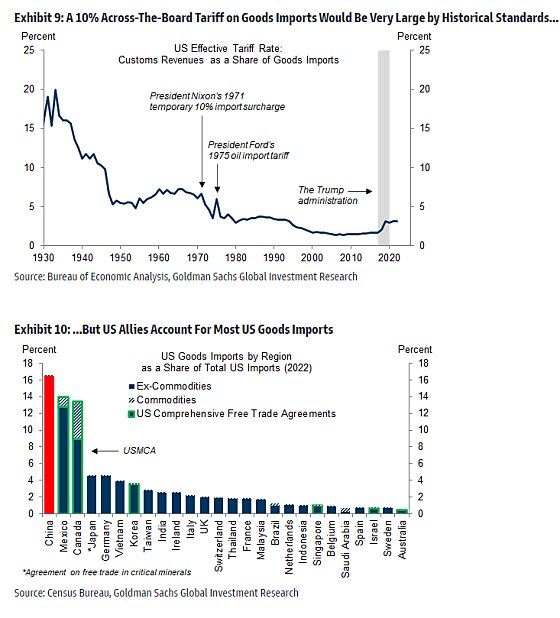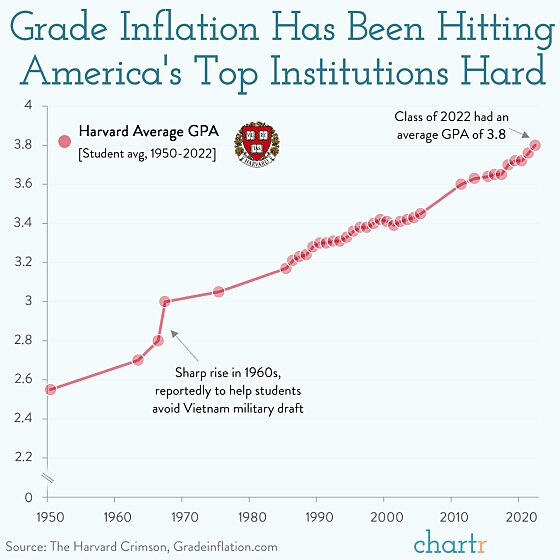Human Freedom Index
The Human Freedom Index presents the state of human freedom in the world based on a broad measure that encompasses personal, civil, and economic freedom. Human freedom is a social concept that recognizes the dignity of individuals and is defined here as negative liberty or the absence of coercive constraint. Because freedom is inherently valuable and plays a role in human progress, it is worth measuring carefully. The Human Freedom Index is a resource that can help to more objectively observe relationships between freedom and other social and economic phenomena, as well as the ways in which the various dimensions of freedom interact with one another.
The report is co-published by the Cato Institute, the Fraser Institute, and the Liberales Institut at the Friedrich Naumann Foundation for Freedom.
O Brasil aparece num vergonhoso lugar 123, sobre 162, ou seja, no meio da segunda metade, com um índice geral de liberdade humana de 6,21 (sobre 10), sendo 6,67 nas liberdades individuais (lugar 94 sobre 162), mas apenas 5,75 nas liberdades econômicas (um alarmante lugar 144 sobre 162).
Na verdade, segundo se pode ver na evolução anual, as liberdades humanas e econômicas no Brasil vieram caminhando para trás, ou seja, retrocedendo de 2008 a 2016, o que é propriamente lamentável.
Em outros termos: os governos lulopetistas fizeram o Brasil retroceder no índice de liberdades humanas e de liberdades econômicas, o que combina com o espírito totalitário da organização criminosa que presidiu aos destinos do país nesse período (confiram essa evolução negativa na p. 93 do relatório).
Agora vejam o caso da China, uma autocracia semitotalitária, que justificadamente encontra-se atrás do Brasil no ranking geral das liberdades humanas, em lugar 135 sobre 162, mas no campo das liberdades econômicas a China é mais livre do que o Brasil, por incrível que pareça (mas eu considero isso normal, conhecendo a China).
Seu índice de liberdade econômica é de 6,46 (contra apenas 5,75 no Brasil), o que a coloca num lugar 108 (contra 144 para o Brasil).
Mas o relatório é implacável com a falta de liberdades humanas na China, como se pode constatar por estes comentários, logo na Introdução (Foreword):
"Another power is a far greater threat to freedom—and that is China. The Chinese Communist Party has grown increasingly despotic and imperialistic in recent years; it brutally enforces its model of totalitarianism at home and seeks to spread it globally. It employs a nasty array of mili- tary aggression, intimidation, imprisonment, and execu- tion of opponents domestically, with increasingly blatant use of those tools against external opponents. Its econom- ic clout is used to bribe, corrupt, intimidate, and indebt nations around the world.
The range of China’s efforts to suppress freedom do- mestically and internationally is breathtaking, so only a sampling is in order here. Actions that are generally known include its anti-Taiwan activity, its militarization of the South China Sea in an attempt to gain a chokehold on the world’s most important trade corridors, its intellectual property theft, its vast increases in military power and spending, its global propaganda, and, most horrifying, its brutal suppression of Muslim Uighurs. Yet the extent of China’s malicious threats and activities is little understood.
(...)
Religious persecution is endemic."
Em conclusão, se o Brasil se aproximasse das liberdades econômicas da China, sem imitar a sua execrável autocracia política, teríamos um enorme progresso para fazer avançar a criação de riqueza no Brasil.
